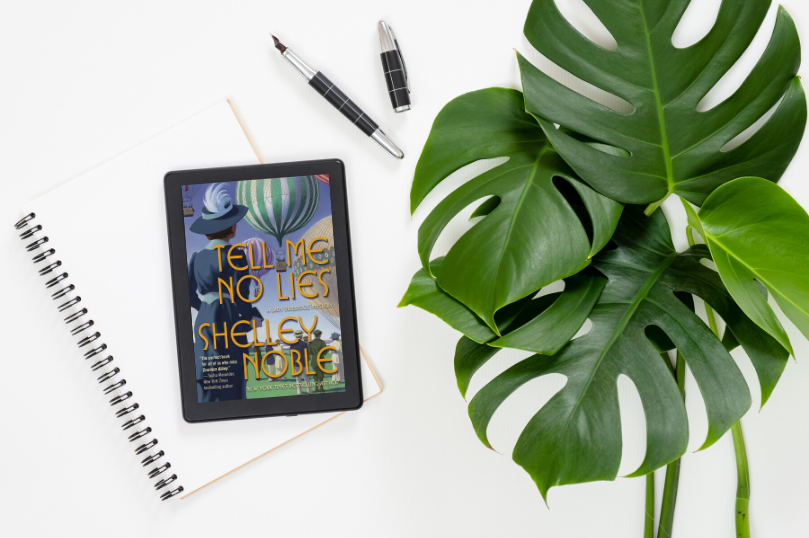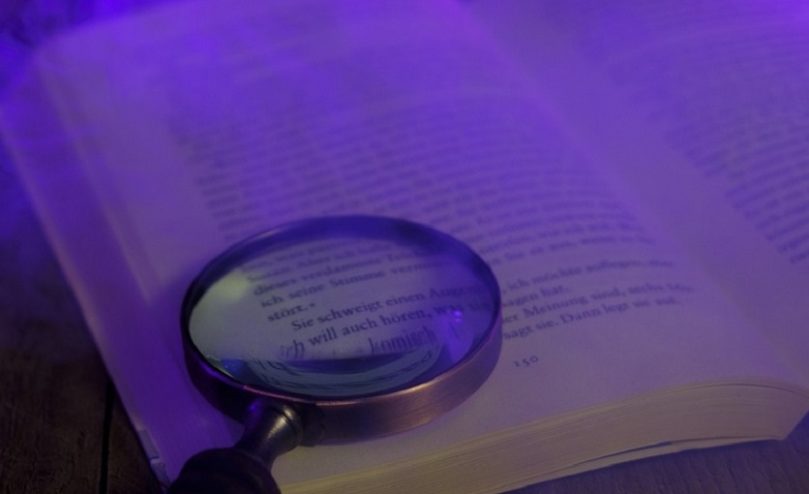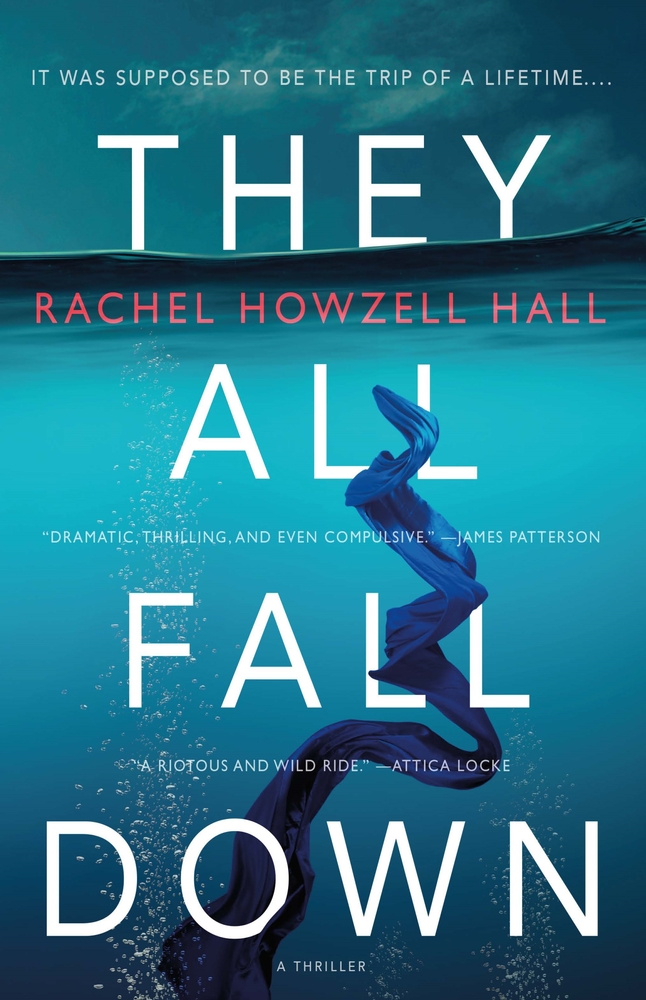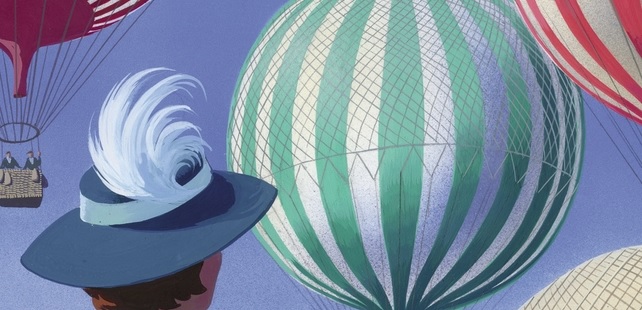Champagne, martinis, and more glitz & glam than you can imagine…there’s a reason we call it the Gilded Age. Here, opens in a new windowTell Me No Lies author Shelley Noble shares the details behind her fascination with Gilded Age Manhattan, and the challenges of being (or writing about) a female sleuth in the era.
By Shelley Noble
opens in a new window
The Gilded Age was a time of change and of extremes. Suffragettes and mediums, shop girls and debutantes, struggling shopkeepers and rich tycoons, tenement buildings and massive mansions—and a new concept in living space, the Apartment.
I knew I wanted my sleuth to be a little bit of both worlds, old world background with new world sensibilities. A young dowager countess who refuses any longer to be constrained by the old fashioned ideas of her place. She travels to America to find her fortune, and becomes thoroughly modern.
Being a lady and a detective, trying to solve murders while adjusting to a new country and a new social order was no easy feat….
The great thing about writing historical mysteries, is that you get to live in a time period not your own, climb into the skin of someone like you and yet not like you at all, and follow them as they solve crimes using methods based on wit, intuition and the latest scientific investigative tools of their era.
The things that attracted me to setting a mystery in Manhattan during this time (1907), was, yeah…the fashions…thank you, Downton Abby. But also because of the energy of the era, sometimes roiling beneath the surface, sometimes bursting at the seams and bubbling over. It’s the enthusiasm, the passion, the greed that often led to violence, that makes it so fascinating.
It was the age of the “New Woman.” Women of all walks of life stepped outside of their “women belong in the home” place to taste a bit of freedom, independence, and perhaps a little adventure, if only vicariously in the sensational literature of dime novels. They went to college, worked in department stores, learned to type, went out to lunch without male escorts, frequented moving picture shows, learned to drive automobiles. But they wouldn’t be given the vote until 1920.
In the meantime, just getting around town was something to contend with.
When Lady Dunbridge (Phil to her friends) arrives in New York, all avenues and streets were two way, even Fifth Avenue, which is a little hard to imagine. The implementation of one way traffic wouldn’t come about until years later.
Horse drawn carriages and automobiles vied for space on the streets. Drivers often came to physical blows over who would go first, blocking traffic all around them. Add push carts, trolleys, autobuses, cars, taxis, fire engines, and pedestrians all attempting to be first, it could be a hair raising experience. And frustrating for anyone trying to apprehend a criminal.
Even if you owned an automobile, you couldn’t just jump in and speed after them. Most cars still used the hand crank. Even the newest automobiles which used a key and pump system, relied on several steps of unlocking, priming, pumping and opening various parts before you could join the chase. By then the suspect would be long gone.
And if you were going any distance you first had to put on your driving costume, a long motoring coat that covered your regular clothes, gloves, goggles, and for ladies, a wide-brimmed hat held on by a wide scarf.
The best way to catch a crook in an automobile was to hope there was a taxi stand nearby.
For a comfortable spot to rest between chasing suspects, Phil moves into the Plaza hotel, which had just reopened south of Central Park. Apartment living was all the rage. Meals were sent up from the basement kitchen, arriving via dumbwaiter to a pantry where the floor waiter immediately delivered them to the apartment. Or residents could take their meals in a private dining room downstairs. There was central heating. Hot water. Electric lights and magnetic clocks in every apartment. All the modern conveniences, including a telephone.
Telephones were still a mainly used by the richer classes. But you had to be careful of your conversation, especially during an investigation, since parties were connected by “telephone girls” who might be tempted to listen in and indulge in a little gossip or sell information for a price. Phil is warned by her local newsboy not to trust the telephones, “cause a ears.”
Call the police? Only if there was a telephone exchange nearby, or perhaps a hotel where you could place a call. If someone at the station did answer, they would have to transfer your call through more “ears” or yell down the hall and everyone would know something was afoot.
And then there were corsets. A major impediment to successful crime fighting. Over the years corsets took on many shapes, pushing and poking bones and organs into fashionable figures. (Of course most of the famous designers, Worth, Poiret, Doucet, etc. were men.) Fortunately they began to move from the “pigeon” S-shaped contraption to a more light-weight, lighter-boned Empire style of corsets, with less fabric and lower necklines—and women could breathe again.
Phil loves fashion, but she’s passionate about bringing villains to justice. She always makes certain that her derringer is in her handbag and her skirts can be tucked in her belt in case she has to chase a criminal or run for her life. She can drive an automobile, ride a horse, and I hear that air travel may be in her future.
Order Your Copy:
opens in a new window opens in a new window opens in a new window
opens in a new window opens in a new window opens in a new window opens in a new window
opens in a new window opens in a new window opens in a new window
opens in a new window opens in a new window
opens in a new window
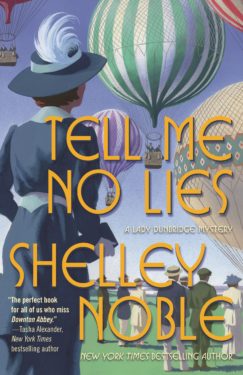 About opens in a new windowTell Me No Lies:
About opens in a new windowTell Me No Lies:
